Table of Contents
Introduction to Red Spices
Red spices are those with a vibrant red color that add flavor and heat to dishes. The most common red spices include chili powder, paprika, cayenne pepper, saffron, and red pepper flakes. According to the American Spice Trade Association, these spices are widely used in global cuisines for their unique color and flavor profiles. Understanding their characteristics helps you select the right spice for any recipe.
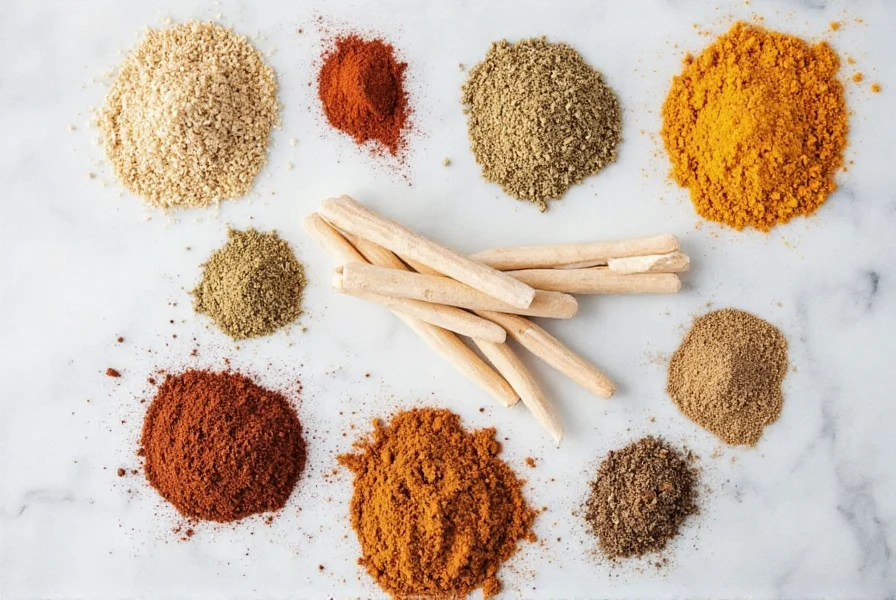
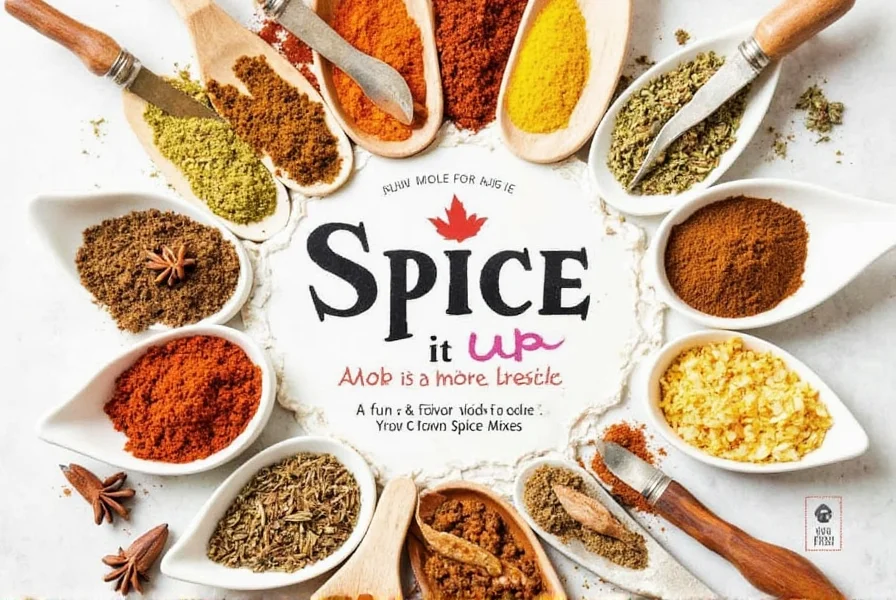
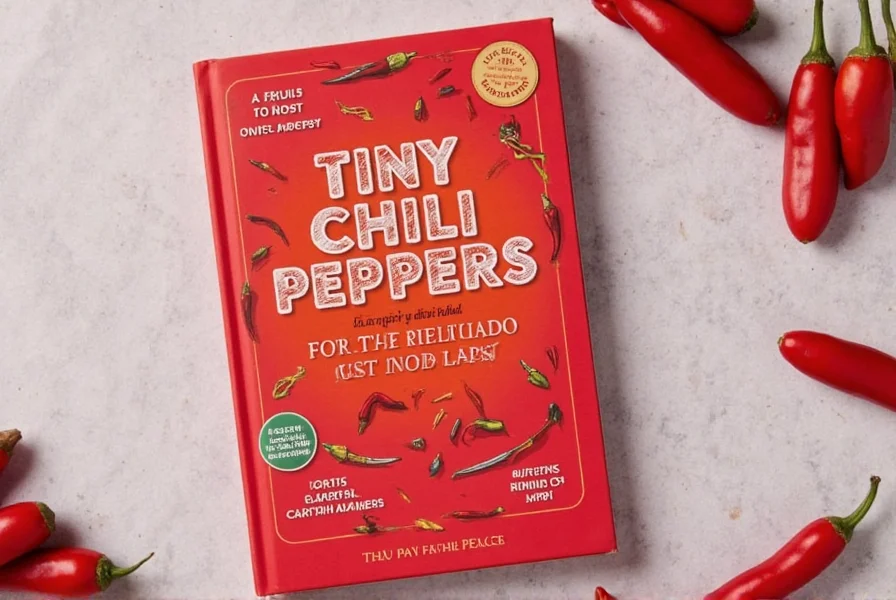
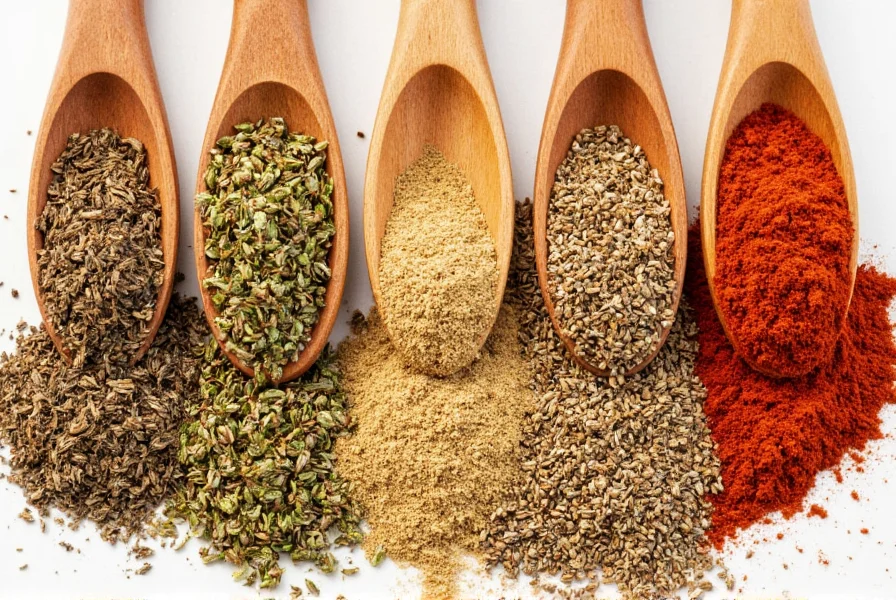
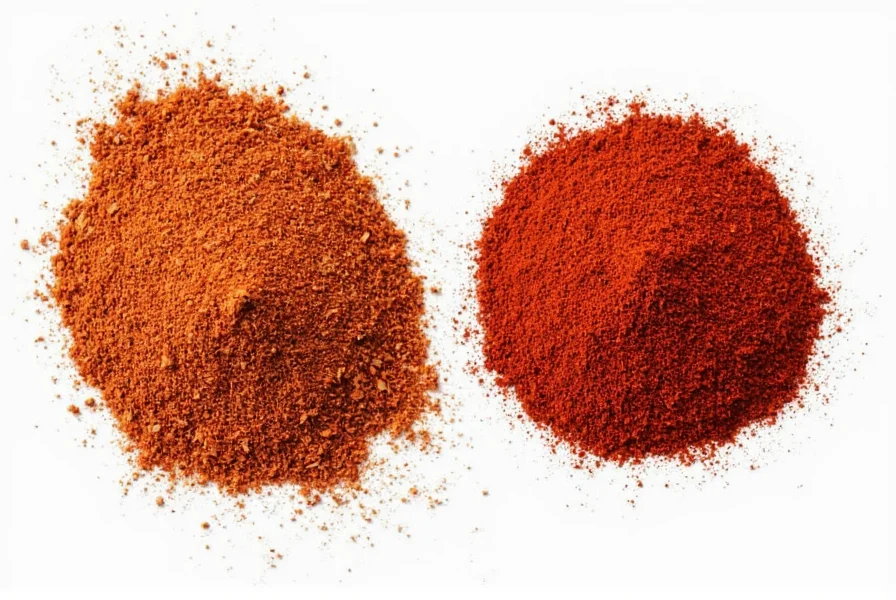
Common Red Spices and Their Uses
Let's explore the top red spices used worldwide, based on professional culinary standards and spice industry data:
- Chili Powder: A staple in Mexican cuisine, made from ground dried chilies often blended with cumin and garlic. Ideal for salsas, chili con carne, and meat rubs.
- Paprika: Sweet or smoked red pepper powder, essential in Spanish chorizo and Hungarian goulash. Adds rich color without overwhelming heat.
- Cayenne Pepper: Pure ground cayenne chilies known for intense heat. Used in hot sauces, seafood seasoning, and spice blends.
- Saffron: The world's most expensive spice, derived from crocus flower stigmas. Imparts golden-red color and floral notes to paella and risotto.
- Red Pepper Flakes: Crushed dried chilies offering adjustable heat. Perfect for Italian pasta sauces, Asian stir-fries, and pizza toppings.
Comparison Table of Red Spices
| Spice | Heat Level | Flavor Profile | Common Uses |
|---|---|---|---|
| Chili Powder | Mild to Medium | Earthy, smoky, slightly sweet | Mexican dishes, chili, rubs |
| Paprika | Mild | Sweet, nutty, smoky | Spanish, Hungarian, grilled meats |
| Cayenne Pepper | Hot | Sharp, pungent, spicy | Hot sauces, seafood, vegetables |
| Saffron | None | Floral, honeyed, aromatic | Paella, risotto, desserts |
| Red Pepper Flakes | Medium to Hot | Spicy, tangy, slightly smoky | Italian sauces, Asian dishes, pizza |
Cooking Tips with Red Spices
Professional chefs recommend these evidence-based tips for optimal red spice usage:
- Start Small: Especially with cayenne or red pepper flakes, begin with minimal amounts and adjust gradually to avoid overpowering dishes.
- Balance Heat: Pair spicy spices with dairy (yogurt, cream) or citrus to neutralize excessive heat while preserving flavor complexity.
- Experiment with Blends: Combine chili powder with smoked paprika for authentic Southwestern flavors, or mix cayenne with honey for sweet-heat glazes.
- Use Freshness: Store spices in airtight containers away from light; ground red spices retain potency for 6-12 months before losing vibrancy.
- Explore Global Cuisines: Discover how Indian garam masala uses red chilies, Korean gochujang incorporates fermented red pepper, and Middle Eastern za'atar features sumac for tangy red notes.
Buying Guide for Red Spices
Based on industry standards from the American Spice Trade Association:
Chili Powder
Features: Ground dried chilies blended with cumin, garlic, and oregano. Look for vibrant red color and strong aroma.
Advantages: Versatile for Mexican and Southwestern dishes; available in mild or hot varieties.
Use Cases: Ideal for chili con carne, taco seasoning, and barbecue rubs.
Quality Tip: Choose brands with single-origin chilies for authentic flavor profiles.
Paprika
Features: Sweet, smoked, or hot varieties from dried peppers. Hungarian paprika is sweeter; Spanish pimentón is smokier.
Advantages: Adds rich color without excessive heat; enhances visual appeal of dishes.
Use Cases: Perfect for Spanish chorizo, Hungarian goulash, and roasted vegetables.
Quality Tip: Opt for paprika labeled "sweet" or "smoked" based on recipe needs; avoid pale or dusty-looking powder.
Cayenne Pepper
Features: Pure ground cayenne chilies; measure heat by Scoville scale (30,000-50,000 SHU).
Advantages: Intense heat for bold flavors; versatile in sauces and marinades.
Use Cases: Essential for hot sauces, seafood seasoning, and spice blends like jerk seasoning.
Quality Tip: Select fresh, bright red powder; avoid products with visible seeds or clumping.
Saffron
Features: Hand-harvested crocus stigmas; the world's most expensive spice by weight.
Advantages: Unique floral aroma and golden-red color; enhances rice dishes and desserts.
Use Cases: Best for paella, risotto, and saffron-infused baked goods.
Quality Tip: Look for deep red threads with minimal yellow stems; avoid powdered saffron which is often adulterated.
Red Pepper Flakes
Features: Crushed dried chilies; heat varies by pepper type (e.g., cayenne vs. Aleppo).
Advantages: Adds texture and adjustable heat; easy to sprinkle on finished dishes.
Use Cases: Ideal for Italian pasta sauces, Asian stir-fries, and pizza toppings.
Quality Tip: Choose flakes with visible red color and minimal brown stems; avoid dusty or stale products.
Frequently Asked Questions About Red Spices
What are the 5 most essential red spices for cooking?
The five most essential red spices for cooking are chili powder, paprika, cayenne pepper, saffron, and red pepper flakes. Chili powder provides earthy warmth for Mexican dishes, paprika adds sweet smokiness to European cuisine, cayenne delivers intense heat for sauces, saffron contributes floral notes and vibrant color to rice dishes, and red pepper flakes offer adjustable spice levels for global recipes. According to the American Spice Trade Association, these form the foundation of red spice usage worldwide.
How do I know which red spice to use for different cuisines?
Each red spice pairs with specific culinary traditions based on regional preferences. Use chili powder for Mexican and Southwestern dishes, paprika for Spanish chorizo or Hungarian goulash, cayenne for hot sauces and Asian stir-fries, saffron for Mediterranean paella, and red pepper flakes for Italian pasta or pizza. Professional chefs recommend matching spice profiles to cultural authenticity: for example, Hungarian paprika is sweeter than Mexican chili powder, while Korean gochugaru (red pepper flakes) has a distinct fermented flavor.
What's the difference between paprika and chili powder?
While both derive from red peppers, paprika is made solely from dried sweet or smoked peppers, ranging from mild to hot but typically offering subtle flavor without additional spices. Chili powder is a blend of ground chilies plus cumin, garlic, and oregano, creating a more complex earthy profile with moderate heat. According to spice industry standards, Hungarian paprika is sweeter and brighter red, while Mexican chili powder has deeper smoky notes from added spices. For authentic recipes, use paprika when color and mild sweetness are key, and chili powder for robust, multi-layered flavors.
How can I store red spices to maintain their color and potency?
To preserve red spices, store them in airtight glass containers away from light, heat, and moisture. A cool, dark pantry is ideal. Whole spices last longer than ground ones, but all red spices gradually lose potency. For maximum flavor, use ground red spices within 6-12 months and replace them when they no longer emit a strong aroma. Proper storage prevents color fading and maintains the vibrant red hue that makes these spices visually appealing. The American Spice Trade Association recommends labeling containers with purchase dates to track freshness.
Are there any health benefits to using red spices?
Yes, red spices offer scientifically supported health benefits. Capsaicin in cayenne and chili powder may boost metabolism and provide pain relief. Paprika contains vitamin A and antioxidants that support eye health. Saffron has been studied for mood-enhancing properties in clinical trials. Red pepper flakes may aid digestion and circulation. However, these benefits are best realized when spices are used as part of a balanced diet, not consumed in excessive quantities solely for health purposes. Always consult healthcare professionals for medical advice.
How can I reduce the heat if I've added too much of a spicy red spice?
If your dish becomes too spicy, try these evidence-based remedies: add dairy products like yogurt or cream which contain casein that binds to capsaicin; incorporate acid with lemon juice or vinegar to balance flavors; add sweetness with honey or sugar; increase volume with more non-spiced ingredients; or include starches like rice or potatoes which absorb some heat. Cooling elements like avocado or coconut milk also help counteract excessive heat. Professional chefs recommend testing small portions before adjusting to avoid overcompensating.
What are some unexpected dishes that benefit from red spices?
Red spices work well beyond traditional applications. Try adding a pinch of cayenne to chocolate desserts for depth, use smoked paprika in deviled eggs for complexity, incorporate saffron into bread dough for beautiful color, sprinkle red pepper flakes on fresh fruit like watermelon, or add chili powder to barbecue sauces for smoky depth. Even beverages like hot chocolate or cocktails can benefit from carefully measured red spices for unexpected flavor dimensions. Culinary experts note that these creative uses highlight the versatility of red spices across sweet and savory applications.
Conclusion
Red spices are a colorful and flavorful addition to any kitchen. From the smoky warmth of paprika to the fiery intensity of cayenne, each red spice brings something unique to the table. By understanding their uses, experimenting with different combinations, and choosing high-quality products based on industry standards, you can unlock new dimensions of flavor in your cooking. So next time you reach for a spice jar, don't forget to look for the red ones—they might just be the secret ingredient you've been missing!










 浙公网安备
33010002000092号
浙公网安备
33010002000092号 浙B2-20120091-4
浙B2-20120091-4